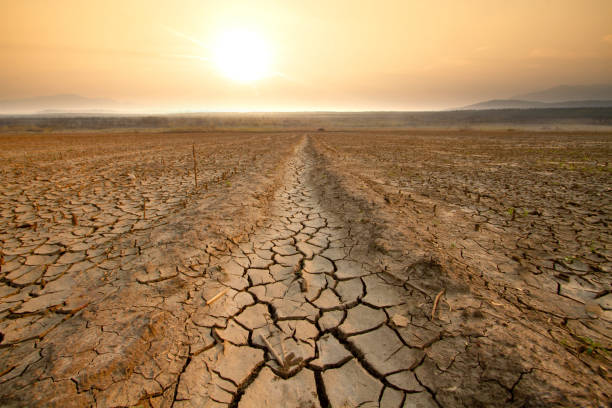Solastalgia: The Emotional Toll of Environmental Change
The growing disconnect between humans and their rapidly changing environments has given rise to a new psychological phenomenon. Solastalgia, a term coined by philosopher Glenn Albrecht, describes the distress caused by environmental transformations. This concept is gaining recognition as climate change accelerates, reshaping landscapes and communities worldwide. Read below to explore the depths of solastalgia and its implications for modern society.

The Origins of Solastalgia
Solastalgia emerged as a concept in the early 2000s, when Glenn Albrecht observed the distress of Australian farmers facing prolonged drought conditions. He noticed that these individuals experienced a form of homesickness while still at home, as their once-familiar landscape transformed before their eyes. This observation led to the coining of the term solastalgia, combining the Latin word solacium (comfort) with the Greek root -algia (pain).
The concept quickly gained traction in academic circles, resonating with researchers studying the psychological effects of climate change. Solastalgia provided a framework for understanding the emotional impact of environmental degradation, filling a gap in existing terminology. As climate-related events intensified globally, the relevance of solastalgia became increasingly apparent, extending beyond rural communities to encompass a wide range of environmental changes and their effects on human well-being.
Manifestations of Solastalgia in Modern Society
Solastalgia manifests in various ways across different communities and environments. In coastal areas threatened by rising sea levels, residents may experience anxiety and grief as they witness the gradual erosion of their homes and beaches. Urban dwellers might feel a sense of loss as green spaces disappear, replaced by concrete and steel. Indigenous communities, whose cultural identities are often deeply intertwined with their natural surroundings, may suffer particularly acute forms of solastalgia as their ancestral lands undergo rapid changes.
The psychological symptoms of solastalgia can include depression, anxiety, and a sense of powerlessness. Individuals may struggle with a loss of place identity, feeling disconnected from their surroundings and uncertain about their future. This emotional distress can have tangible impacts on mental health, social cohesion, and overall quality of life. As environmental changes accelerate, addressing the psychological toll of solastalgia becomes an increasingly urgent public health concern.
The Intersection of Solastalgia and Climate Change
Climate change acts as a significant driver of solastalgia, amplifying environmental transformations on a global scale. Rising temperatures, extreme weather events, and shifting ecosystems all contribute to the sense of loss and displacement associated with solastalgia. As climate change impacts become more pronounced, larger portions of the population are likely to experience some form of environmental distress.
Research indicates that the psychological effects of climate change extend beyond direct experiences of environmental transformation. Media coverage of climate-related disasters and scientific projections of future changes can also induce feelings of anxiety and helplessness, even among individuals not immediately affected by environmental shifts. This broader impact underscores the pervasive nature of solastalgia in the age of global climate awareness.
Coping Strategies and Resilience Building
As awareness of solastalgia grows, researchers and mental health professionals are developing strategies to help individuals and communities cope with environmental distress. These approaches often emphasize building resilience through community engagement, environmental education, and adaptive planning. Encouraging active participation in local conservation efforts can help restore a sense of agency and connection to place.
Psychological interventions tailored to address solastalgia are emerging, incorporating elements of eco-therapy and mindfulness practices. These approaches aim to help individuals process their emotional responses to environmental change and develop coping mechanisms. Additionally, fostering intergenerational dialogue about environmental stewardship can provide a sense of continuity and purpose in the face of change.
The Future of Solastalgia Research and Policy
As the concept of solastalgia gains recognition, it is likely to play an increasingly important role in environmental policy and public health initiatives. Researchers are calling for the integration of solastalgia into climate change adaptation strategies, emphasizing the need to address both the physical and psychological impacts of environmental transformations.
Future research directions may include exploring the long-term effects of solastalgia on individual and community well-being, as well as investigating potential protective factors that enhance resilience. There is also growing interest in understanding how solastalgia intersects with other forms of social and economic stress, particularly in vulnerable communities.
The recognition of solastalgia as a significant aspect of environmental change marks an important shift in our understanding of human-environment relationships. By acknowledging and addressing the emotional toll of ecological transformations, we can work towards creating more resilient and adaptive communities in the face of ongoing global change. As we navigate the challenges of the Anthropocene, the concept of solastalgia provides a valuable lens through which to examine our evolving connection to the natural world and our collective responsibility for its stewardship.





